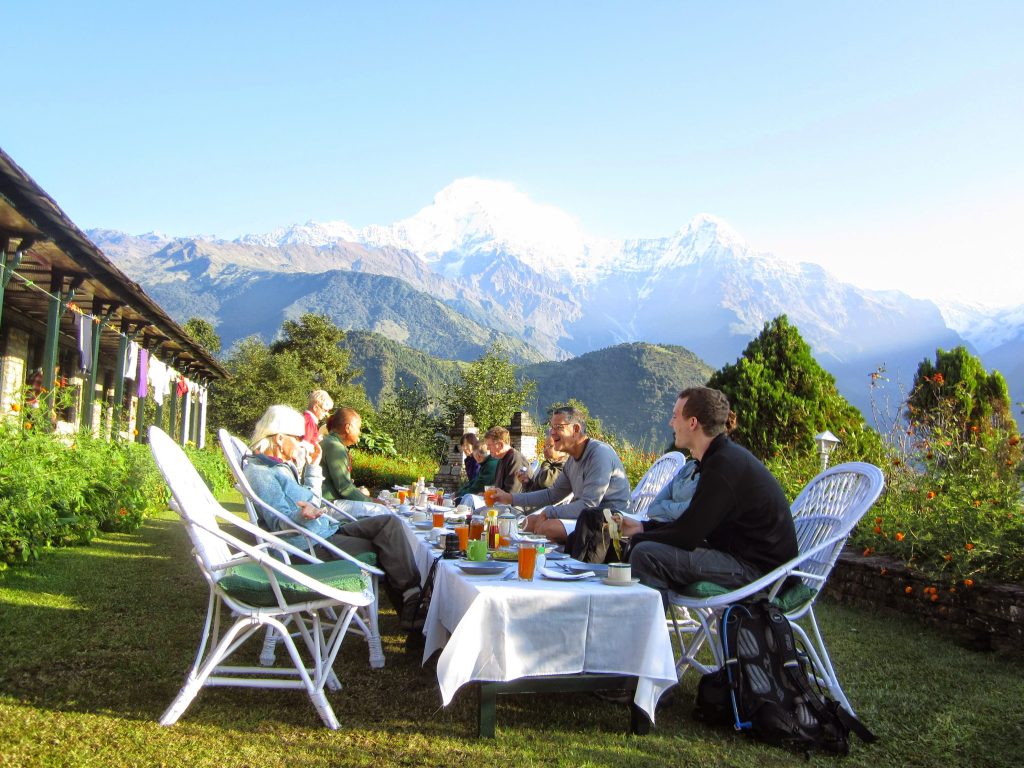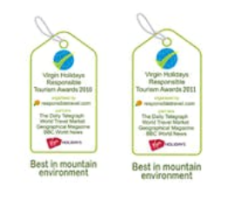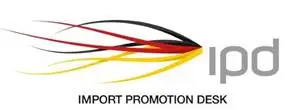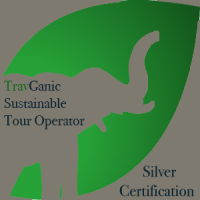Trekking in Nepal during winter months of December, January and February
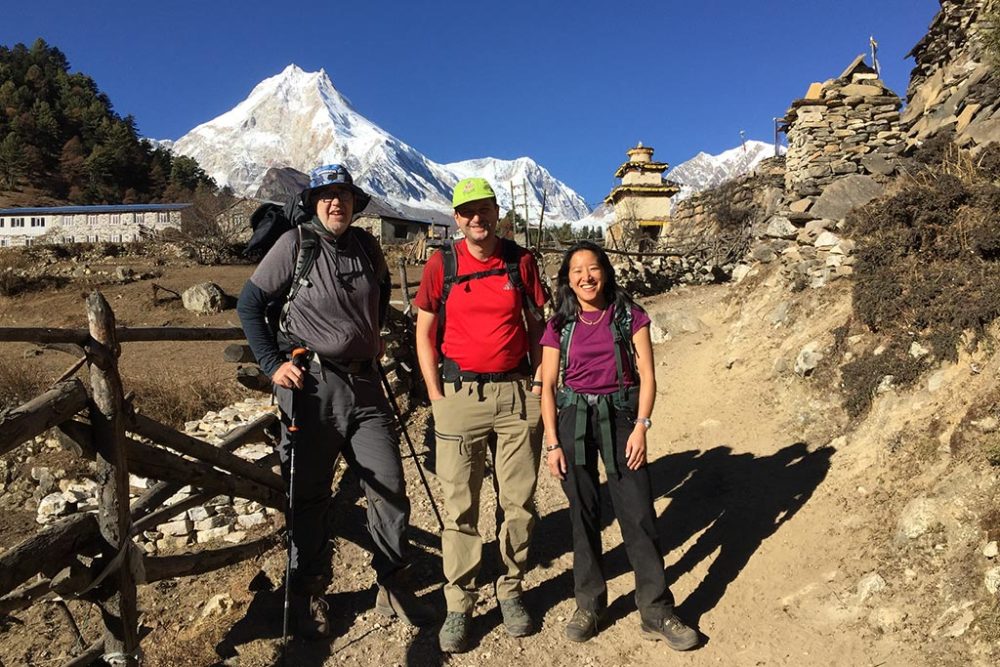
Most people are discouraged from going to the highest mountain chain in the world in the winter. They think trekking in the Himalayas is crazy, suspecting it to be cold. They couldn’t be more incorrect. Nepal lies at a similar latitude as Cairo and Miami, closer to the Equator than the Arctic Circle. So if you choose to trek in the middle hills with altitudes ranging from 1000 meters to 3500 meters, don’t be surprised if the temperatures are in the high teens or even low 20s degrees Celsius than the summer of some Northern European nations. However, it pays to invest in the right quality gear, such as a down jacket, a couple of fleece jackets, pants, base layers, warm hats, gloves, and sleeping bags, to name a few essential types of equipment. It is better to have more than less. One of the best-kept secrets is that trekking in Nepal during the winter has many benefits. Gone are the days when it used to snow by the end of November or early December due to climate change. It is good to dress up in layers, which you can ‘peel’ one at a time when you start to warm/heat up as you begin trekking. When we did our Annapurna circuit trek with Tilicho Lake in January 2018, we met both tourists and locals who misinformed some trekkers whole. For example, some locals told them that the higher villages and the Thorung pass were deeply covered in deep snow. The people who said these are likely to have done very little to no trekking experience. Benefits of Trekking in Nepal Himalaya during the winter. For the same reason mentioned above, most people think winters in Nepal are freezing; some might even imagine most of the country is covered in snow. This couldn’t be further from the truth. The colder weather keeps the clouds down longer, and even if the clouds form and rise in the afternoons, they sink quicker due to the cold than in the warmer months. This makes the visibility of the mountains clear for most of the day. The past two winters have been very clear like they used to be 20-25 years ago. There will be many fewer trekkers on the trail and lodges if you go trekking to the famous trekking areas where there are lodges. You will be warm while hiking in the sunny weather – perhaps even sweating on uphill climbs. You could be the only trekkers in the lodge. For the same reason, the wifi works better in the hostels as fewer people log in. You can use the internet better for weather forecasts and temperatures. There will be fewer people queuing for hot showers. Despite winter, don’t be surprised by the greenery or flowers in the lower altitudes. The open lodges in the higher altitudes are left to the employees during winter, while the owners go for warmer places such as Kathmandu, Pokhara, or Chitwan. The employees get to keep the profit from food sales; they only have to replace what was used. This is a way for the employees to supplement their low salaries. Can I do a high-altitude trek in Nepal during winter? You can undoubtedly do a high-altitude trek in Nepal during winter. The better time to do a high-altitude trek during winter is in December and January. We do receive some precipitation for a few days every month. We have begun to receive heavier snowfalls during February and March rather than in the middle of winter. Dangers/Inconveniences of trekking in Nepal during winter. Not all the lodges in the higher altitude will be open. Not all food on the menu will be available. The toilet floors might freeze from water/urine spillage in the higher altitude treks. If possible, try to find toilets inside the main building; better still, ask if they have a room with an attached bathroom. Again, minimize spillage in the bathroom to avoid icing. Toilets could be frozen/blocked due to the cold at higher altitudes. The paths through villages could be icy because the villagers have to let the public tap run all the time to prevent the pipe from breaking from freezing. The trail could be icy, and dirt can camouflage the ice. There could be very windy conditions in the higher elevations, be prepared. Despite mentioning less snowfall in December and January, you might encounter rainfall in the lower elevation or snow. After all, mountain weather can change without much warning. Update: Winter of 2018/2019 The Nepal Himalayas experienced good rain and snowfall in December, January, and February as they used to 20 years ago. We recently did a trek to Gokyo Lakes and Everest Base camp trek in December 2017 Before writing this blog, yours truly finished the Annapurna circuit trek with Tilicho Lake in January. We operated a trek to Langtang – Gosainkunda in December/January 2016-2017 We did a hike to Annapurna base camp in December/January 2014-2015 Check out our Trekking packages for Nepal, Bhutan, India, and Tibet.
What is better to bring to Nepal cash or ATM cards
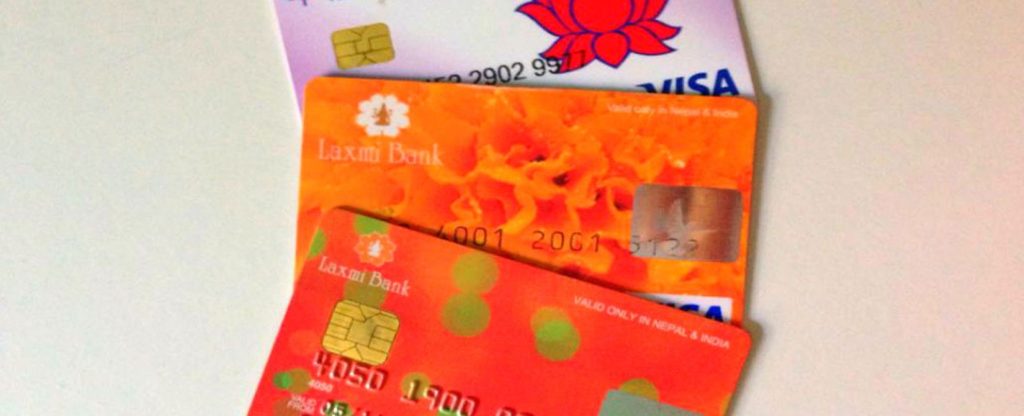
What is better to bring to Nepal, cash or ATM cards Are you wondering how to exchange currency in Nepal, be relieved? You can easily exchange a wide variety of currencies in cities and towns frequented by tourists in Nepal. There are many money changers in Kathmandu, Pokhara, and Chitwan. You can also exchange your money in hotels and guesthouses; you won’t be getting the best rates, though. The most readily accepted currencies are US dollars and Euros. Travel companies, hotels, and airlines take these currencies in cash. If you need to exchange a significant amount, e.g., $500 or more, ask the moneychanger to give you a better rate. You can get a higher exchange rate than what is shown on their rate board. The accepted cards are Visa, Master Card, Maestro, Diners Card, Cirrus, and American Express. If you want to pay using your credit card, there is a service charge of 3.5%. Know our Money Nepal’s currency is called the Nepalese Rupees. Therefore, the shops, vendors, or service providers might use NRP, NRs, and Rs abbreviations to denote the local currency price. You can also ask your travel agent or hotel, and they can help you exchange your cash for Nepalese rupees according to the present exchange rate generated by Nepal Rastra Bank (Central Bank of Nepal). This is the easiest way to exchange currency in Nepal. If you are unsure if the currency you plan to bring is accepted, go to this Nepal Rastra Bank page. The best place to exchange money would be in Thamel’s tourist district, where many money changers exist. If you are going on a trek, it is best to have local currency with you and bring a little extra if you run out. You will get a lousy exchange rate in the villages, as the lodge owners must wait until they get down to a city/town before changing your foreign currency into local money. If you have leftover local currency, you can use it for food or shopping after your trek. It is always good to have small denominations to make small payments, especially trekking. If you have a significant amount of cash, ask your hotel reception for a safety deposit box; if there isn’t one in your room, do not leave unattended money in your room. ATMs There are some modern banking facilities in Nepal these days, and there are even branches of some international banks in Kathmandu and Pokhara. You can also use your credit/debit cards to withdraw money from the numerous Automated Teller Machines (ATMs) if you don’t like carrying a lot of cash. Some of you are fortunate that your bank back home reimburses you the fee local banks charge you for dispensing your money. Most ATMs in Nepal allow fast cash transactions of Rs.10,000 (slightly less than US$100) and charge you between Rs.200 – Rs.400, depending on the bank. Quite a few bank ATMs allow you to withdraw as much as Rs. 35,000 (roughly $350) at once, charging you a fee of Rs. 400. Sometimes, the machines might not be working. Still, as mentioned above, many ATMs in major cities accept International cards, dispatching cash in Nepalese rupees. There is a security guard outside the ATM lounge or machine. This doesn’t happen often, but it is better to use ATM outside its related bank just if the machine retains your card so you can retrieve it from the bank. Travellers’ Cheques and Credit cards Traveller’s cheques are no longer accepted in Nepal. As mentioned above, you can use your debit/credit card to make payments, but it is much easier with cash. Do inform your bank that you are travelling as some banks automatically stop transactions suspecting your card’s theft or fraudulent activities. More Travel Tips. Check out our Trekking packages for Nepal, Bhutan, India, and Tibet.
The Best Time To Trek In The Himalayas
